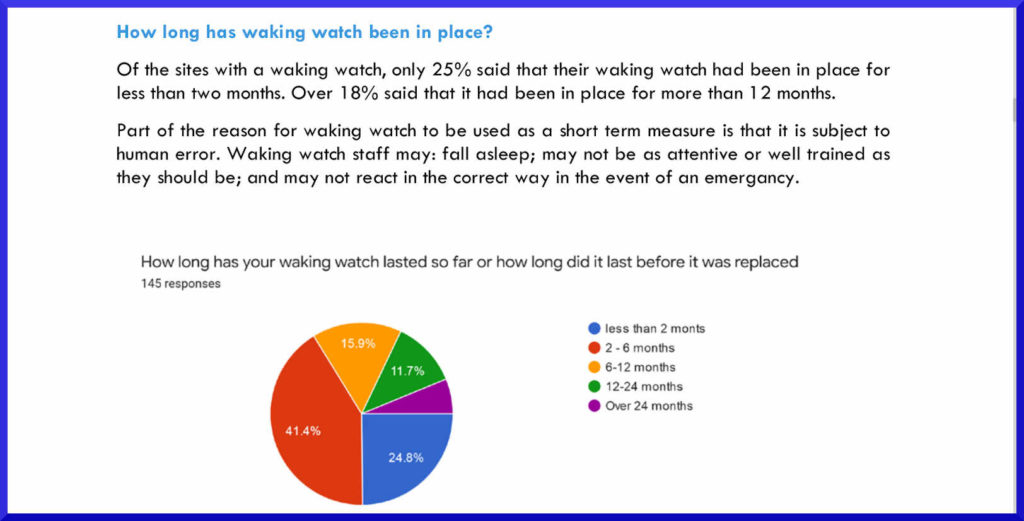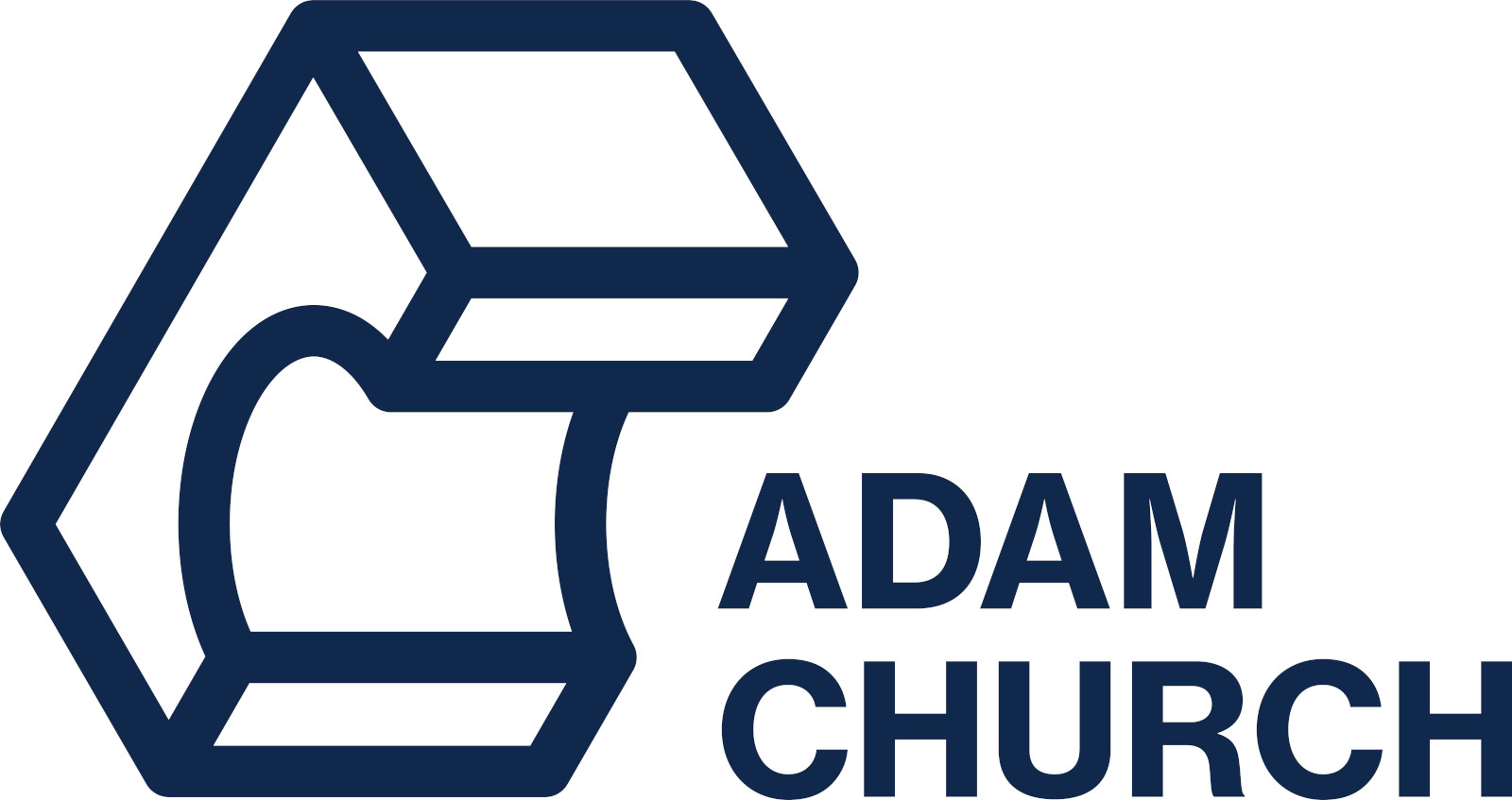
The key findings of the LKP cladding scandal survey involving 148 different sites – and 256 responses – is published below.
The survey, which was carried out before this week’s announcement of £1 billion of government funding to remediate non-ACM cladding sites, was compiled by LKP chair Martin Boyd.
LKP is responsible for organising all the Westminster meetings concerning the cladding scandal, which were chaired by Mr Boyd.
The Communities Select Committee under Clive Betts MP is now launching a call for evidence and will carry out further researches. It was this committee which published a devastating report into the leasehold mis-selling scandal last year.
HCLG Committee launches survey on dangerous cladding – Committees – UK Parliament
The Housing, Communities and Local Government Committee has launched a survey to understand the extent of dangerous cladding remaining and other fire safety defects on residential buildings, and the impact this has had on residents lives. Take part in the survey here .
LKP thanks the three main cladding self-help groups, UKCAG, Manchester Cladiators and the Leeds Cladding Scandal, for their help in promoting the survey to their members.
We also thank the chair of the National Fire Chiefs Council (NFCC), Roy Wilsher.
LKP’s report finds that the emotional toll has been high:
“It was not felt appropriate for the survey to ask about the effect on relationships. However, we have had a number of reports outside the survey where couples have separated but have been forced to continue to live together. This is because they own the lease on a flat they cannot sell.
“The costs, including waking watch and remediation, mean that two incomes are required to be able to keep their investment in the flat and avoid the risk of forfeiture.”
In general:
“It was to be expected that most of the respondents would be far from happy with the fact that they live in a potentially dangerous building, and would feel that more should be done to help them.”
The main findings of the report are:
As regards remediation costs, given that many of these properties now have a zero value, and so the leaseholders could not borrow the funds even if they wanted to, the non-affordability issue has become critical.
Waking watch has been in place for an excessive period on many sites. It is of questionable efficacy if used for other than a short-term measure and is expensive.

3.4% of respondents claimed that they were paying more than £750 a month for the waking watch.
85.3% of sites still had waking watch, which was supposed to be temporary. This may suggest freeholders are being generous with leaseholders’ funds to cover their compliance liability.
26% of sites have waking watch AND new fire alarm systems.
55.8% of sites were either controlled by a third party landlord or had a tripartite lease with a management company appointed in perpetuity.
Fire alarms have not replaced waking watch on many sites, adding yet further to costs.
Insurance costs have increased markedly on many cladding sites and there appear to be growing problems with the availability of adequate cover for: the building, the managing agent, and those carrying out building safety works.
The report says:
“The worst case involved buildings insurance costs for a site increasing from £24k to £151k.”
Remediation has been very slow, and in some cases has not started.
Few buildings have just one form of cladding, thereby complicating the problem of remediation.
Many leaseholders have faced a protracted period of personal and financial stress through no fault of their own.
80% of respondents are aware of someone who has been unable to sell a flat at their site because the buyer can’t get a mortgage due to problems with the cladding.
80% of respondents knew of neighbours unable to sell a flat because buyers could not obtain mortgages.
The fact we still have a third of respondents on self-declared cladding sites who have no written guidance on emergency evacuation plans is concerning.
There is an ongoing need to provide much more resident engagement and leaseholder support.
The overall picture given is of an issue where there is a lack of clarity on many aspects and problems which will continue for a number of years.





 Robert Jenrick: Why give freeholders such a whopping planning windfall over two new storeys rule, like this site in Newark?
Robert Jenrick: Why give freeholders such a whopping planning windfall over two new storeys rule, like this site in Newark?





















